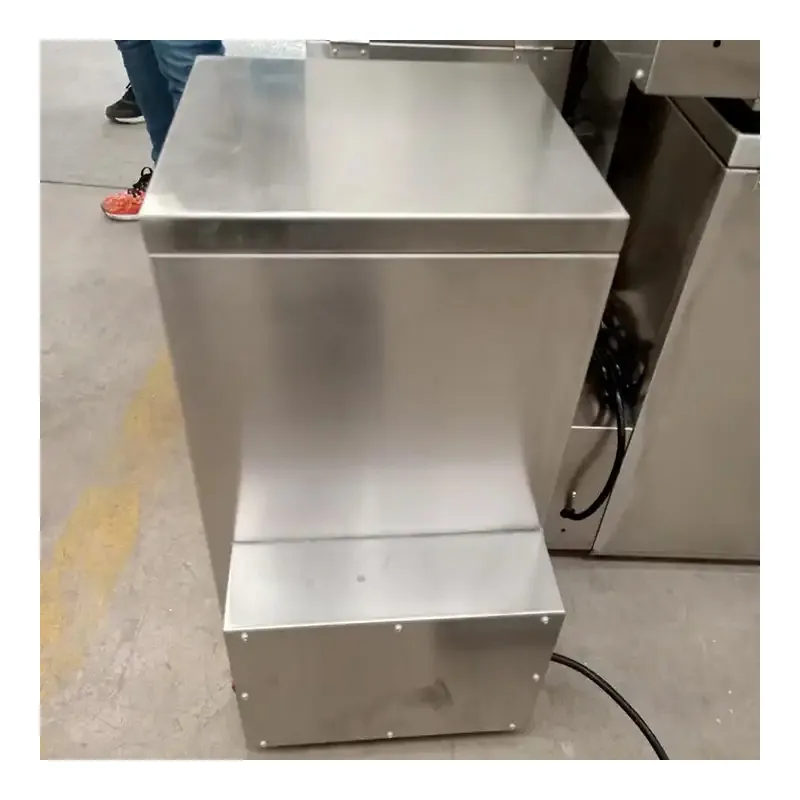frp centrifugal fan
Dec . 04, 2024 20:46 Back to list
frp centrifugal fan
The Importance of FRP Centrifugal Fans in Modern Industries
In the contemporary industrial landscape, the efficiency and reliability of fans play a crucial role in ventilation and air management systems. Among various fan types, Fiberglass Reinforced Plastic (FRP) centrifugal fans have gained significant traction due to their unique properties and advantages. This article explores the features, benefits, and applications of FRP centrifugal fans, highlighting their importance in modern industrial practices.
Understanding FRP Centrifugal Fans
FRP centrifugal fans are designed to transport air and gases in a variety of industrial applications. Unlike traditional metal fans, these fans are constructed using fiberglass reinforced plastic, which offers several advantages. The use of FRP allows for lighter fan designs without compromising on strength and durability. This material is resistant to corrosion, making it particularly suitable for industries that deal with harsh environments or corrosive substances.
Centrifugal fans operate on the principle of converting kinetic energy into pressure energy. They function by introducing air into an inlet, where the air is then directed through an impeller. As the impeller rotates, it increases the velocity of the air, which is subsequently transformed into pressure as the air exits through a discharge. This process makes centrifugal fans highly effective at moving large volumes of air against resistance.
Advantages of FRP Centrifugal Fans
One of the primary advantages of FRP centrifugal fans is their resistance to corrosion. Traditional metal fans can succumb to rust and degradation when exposed to moisture, chemicals, or other harsh elements. FRP fans, however, maintain their structural integrity, ensuring a longer lifespan and reduced maintenance costs. This durability is particularly beneficial in applications involving the transport of corrosive gases or particles.
Another significant benefit is the weight of FRP fans. Being lighter than metal alternatives, they are easier to install and require less robust supporting structures. This can lead to lower installation and operational costs. Additionally, their lightweight nature contributes to energy efficiency, as the motors driving these fans do not have to work as hard to overcome inertia.
frp centrifugal fan

Moreover, FRP centrifugal fans can be designed to meet specific performance requirements. Their versatility in design allows for customized blade profiles and configurations, enabling optimal airflow and efficiency tailored to the unique needs of various applications. This adaptability is a key factor for industries that require precise airflow control.
Applications of FRP Centrifugal Fans
FRP centrifugal fans find applications in a diverse range of industries. One of the most prominent sectors is the chemical industry, where the transport of corrosive fumes and gases is a regular necessity. In wastewater treatment plants, these fans are crucial for aeration processes and managing odorous gases. The pharmaceutical industry also benefits from FRP fans, particularly in clean room environments where hygiene and contamination control are paramount.
Additionally, the mining industry utilizes FRP centrifugal fans for ventilation in underground operations. The durable and corrosion-resistant nature of these fans ensures they can withstand the challenging conditions present in such settings. In the agricultural sector, they are used for drying grains and providing adequate ventilation in livestock facilities, highlighting their versatility.
Conclusion
As industries continue to evolve and face new challenges, the need for reliable and efficient ventilation solutions becomes increasingly important. FRP centrifugal fans stand out as a superior choice due to their corrosion resistance, lightweight design, and adaptability. Their applications span a wide range of industries, making them essential in maintaining air quality and operational efficiency.
In summary, the adoption of FRP centrifugal fans is a testament to the ongoing advancement in industrial technology. By leveraging the unique properties of fiberglass reinforced plastic, industries can enhance their ventilation systems, reduce maintenance costs, and ensure sustainable operations. As we look towards the future, the role of FRP centrifugal fans will undoubtedly grow, paving the way for improved air management solutions across various applications.
-
Automatic Feeding Line System-Pan Feeder Nipple Drinker|Anping County Yize Metal Products Co., Ltd.
NewsJul.29,2025
-
Hot Sale 24 & 18 Door Rabbit Cages - Premium Breeding Solutions
NewsJul.25,2025
-
Automatic Feeding Line System Pan Feeder Nipple Drinker - Anping County Yize Metal Products Co., Ltd.
NewsJul.21,2025
-
Automatic Feeding Line System Pan Feeder Nipple Drinker - Anping County Yize Metal Products Co., Ltd.
NewsJul.21,2025
-
Automatic Feeding Line System - Anping Yize | Precision & Nipple
NewsJul.21,2025
-
Automatic Feeding Line System - Anping Yize | Precision & Nipple
NewsJul.21,2025






